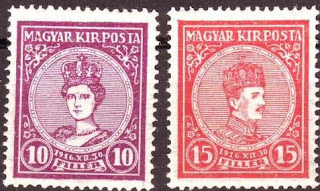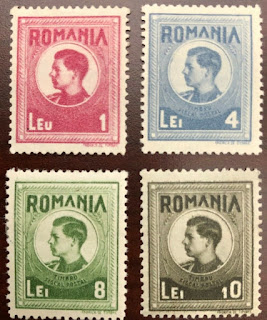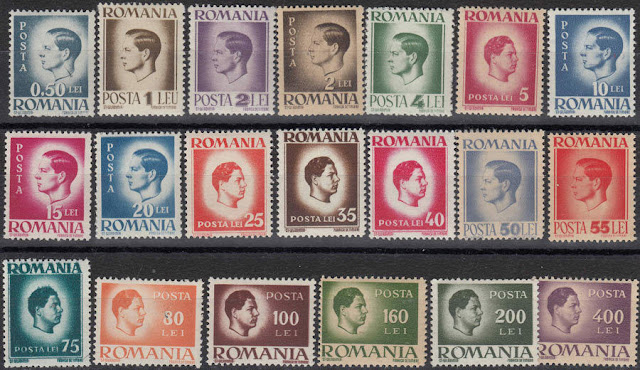Here are some events that happened on December 30th. It could be an event or a person that died or was born on that day
1853 – Gadsden Purchase: The United States buys land from Mexico to facilitate railroad building in the Southwest.
The Gadsden Purchase (Spanish: la Venta de La Mesilla "The Sale of La Mesilla") is a 29,670-square-mile (76,800 km2) region of present-day southern Arizona and southwestern New Mexico that the United States acquired from Mexico by the Treaty of Mesilla, which took effect on June 8, 1854. The purchase included lands south of the Gila River and west of the Rio Grande where the U.S. wanted to build a transcontinental railroad along a deep southern route, which the Southern Pacific Railroad later completed in 1881–1883. The purchase also aimed to resolve other border issues.
The first draft was signed on December 30, 1853, by James Gadsden, U.S. ambassador to Mexico, and by Antonio López de Santa Anna, president of Mexico. The U.S. Senate voted in favor of ratifying it with amendments on April 25, 1854, and then transmitted it to President Franklin Pierce. Mexico's government and its General Congress or Congress of the Union took final approval action on June 8, 1854, when the treaty took effect. The purchase was the last substantial territorial acquisition in the contiguous United States, and defined the Mexico–United States border. The Arizona cities of Tucson and Yuma are on territory acquired by the U.S. in the Gadsden Purchase.
The financially strapped government of Santa Anna agreed to the sale, which netted Mexico $10 million (equivalent to $230 million in 2019). After the devastating loss of Mexican territory to the U.S. in the Mexican–American War (1846–48) and the continued filibustering made by New Mexico governor William Carr Lane in the zone, some historians argue that Santa Anna may have calculated it was better to yield territory by treaty and receive payment rather than have the territory simply seized by the U.S.
US stamp commemorating the Gadsden Purchase
1916 – The last coronation in Hungary is performed for King Charles IV and Queen Zita.
The Coronation of the Hungarian monarch was a ceremony in which the king or queen of the Kingdom of Hungary was formally crowned and invested with regalia. It corresponded to the coronation ceremonies in other European monarchies. While in countries like France and England the king's reign began immediately upon the death of his predecessor, in Hungary the coronation was absolutely indispensable: if it were not properly executed, the Kingdom stayed "orphaned". All monarchs had to be crowned as King of Hungary in order to promulgate laws and exercise his royal prerogatives in the Kingdom of Hungary. Starting from the Golden Bull of 1222, all new Hungarian monarchs had to take a coronation oath, by which they had to agree to uphold the constitutional arrangements of the country, and to preserve the liberties of their subjects and the territorial integrity of the realm.
Charles and Zita were crowned in Budapest on 30 December 1916. Following the coronation there was a banquet, but after that the festivities ended, as the emperor and empress thought it wrong to have prolonged celebrations during a time of war.:55 At the beginning of the reign, Charles was more often than not away from Vienna, so he had a telephone line installed from Baden (where Charles's military headquarters were located) to the Hofburg. He called Zita several times a day whenever they were separated.:60 Zita had some influence on her husband and would discreetly attend audiences with the Prime Minister or military briefings,:50 and she had a special interest in social policy. However, military matters were the sole domain of Charles. Energetic and strong-willed, Zita accompanied her husband to the provinces and to the front, as well as occupying herself with charitable works and hospital visits to the war-wounded.
Hungarian stamps commemorating the coronation for King Charles IV and Queen Zita
1947 – Cold War: King Michael I of Romania is forced to abdicate by the Soviet Union-backed Communist government of Romania.
Michael I (25 October 1921 – 5 December 2017) was the last King of Romania, reigning from 20 July 1927 to 8 June 1930 and again from 6 September 1940 until his forced abdication on 30 December 1947.
Shortly after Michael's birth, his father, Crown Prince Carol of Romania, had become involved in a controversial relationship with Magda Lupescu. In 1925, Carol was pressured to renounce his rights to the throne and moved to Paris in exile with Lupescu. In 1927, Michael ascended the throne, following the death of his grandfather King Ferdinand I. As Michael was still a minor, a regency council was instituted, composed of his uncle Prince Nicholas, Patriarch Miron Cristea, and the president of the Supreme Court, Gheorghe Buzdugan. The council proved to be ineffective and, in 1930, Carol returned to Romania and replaced his son as monarch, reigning as Carol II. As a result, Michael returned to being heir apparent to the throne and was given the additional title of Grand Voievod of Alba-Iulia.
Carol II was deposed in 1940, and Michael once again became king. Under the government led by the military dictator Ion Antonescu, Romania became aligned with Nazi Germany. In 1944, Michael participated in a coup against Antonescu, appointed Constantin Sănătescu as his replacement, and subsequently declared an alliance with the Allies. In March 1945, political pressures forced Michael to appoint a pro-Soviet government headed by Petru Groza. From August 1945 to January 1946, Michael went on a "royal strike" and unsuccessfully tried to oppose Groza's Communist-controlled government by refusing to sign and endorse its decrees. In November 1947, Michael attended the wedding of his cousins, the future Queen Elizabeth II of the United Kingdom and Prince Philip of Greece and Denmark in London. Shortly thereafter, on the morning of 30 December 1947, Groza met with Michael and compelled him to abdicate. Michael was forced into exile, his properties confiscated, and his citizenship stripped. In 1948, he married Princess Anne of Bourbon-Parma (thenceforth known as Queen Anne of Romania), with whom he had five daughters, and the couple eventually settled in Switzerland.
Nicolae Ceaușescu's communist dictatorship was overthrown in 1989 and the following year Michael attempted to return to Romania, only to be arrested and forced to leave upon arrival. In 1992, Michael was allowed to visit Romania for Easter, where he was greeted by huge crowds; a speech he gave from his hotel window drew an estimated one million people to Bucharest. Alarmed by Michael's popularity, the post-communist government of Ion Iliescu refused to allow him any further visits. In 1997, after Iliescu's defeat by Emil Constantinescu in the presidential elections of the previous year, Michael's citizenship was restored and he was allowed to visit Romania again. Several confiscated properties, such as Peleş Castle and Săvârşin Castle, were eventually returned to his family.
Romanian stamps depicting King Michael I




No comments:
Post a Comment